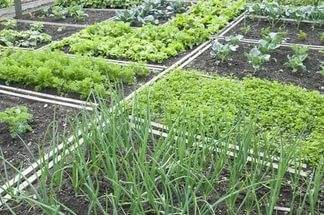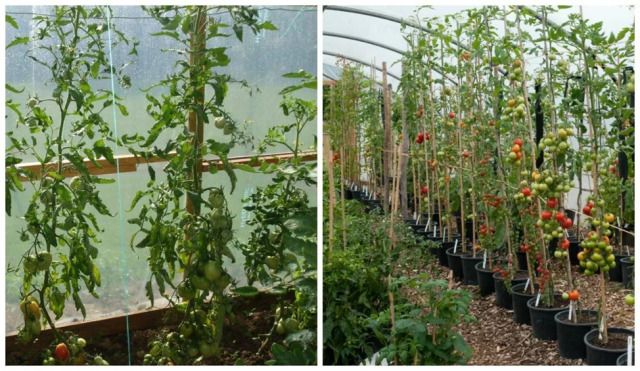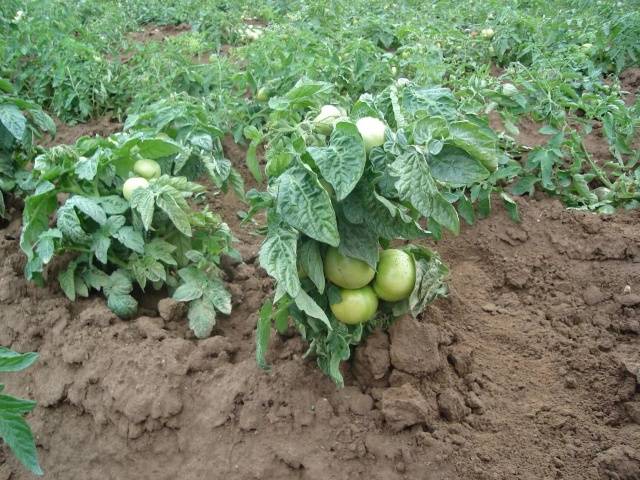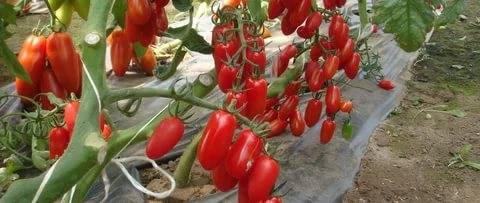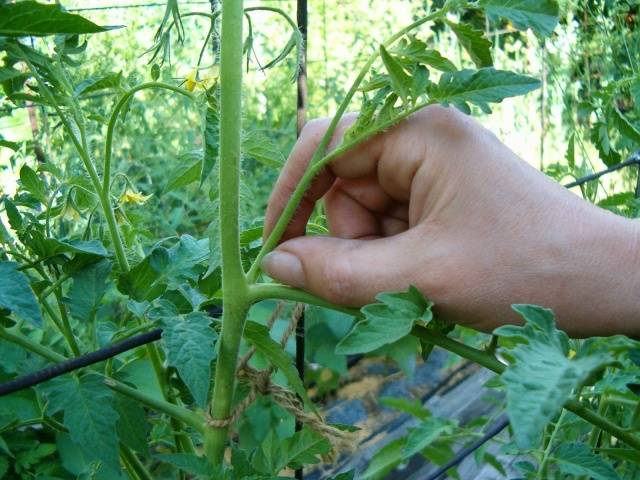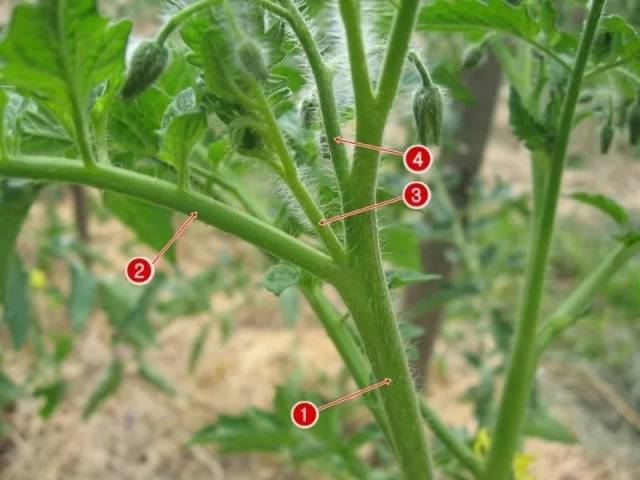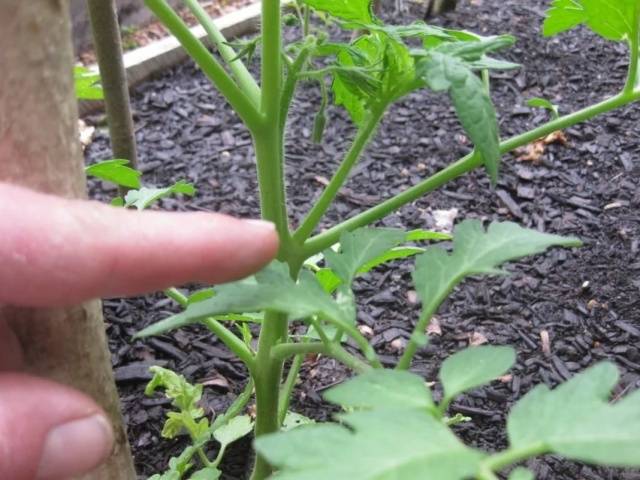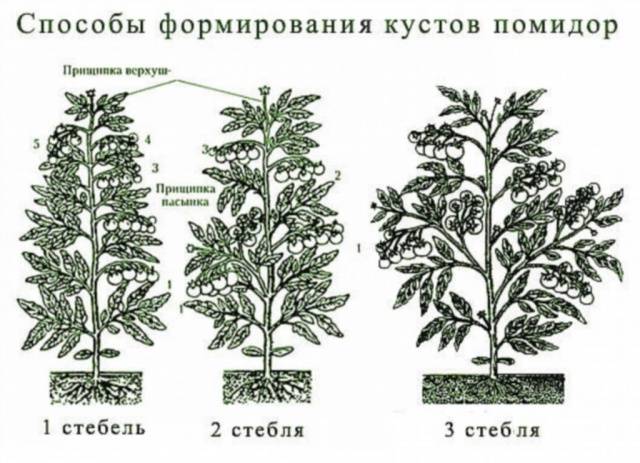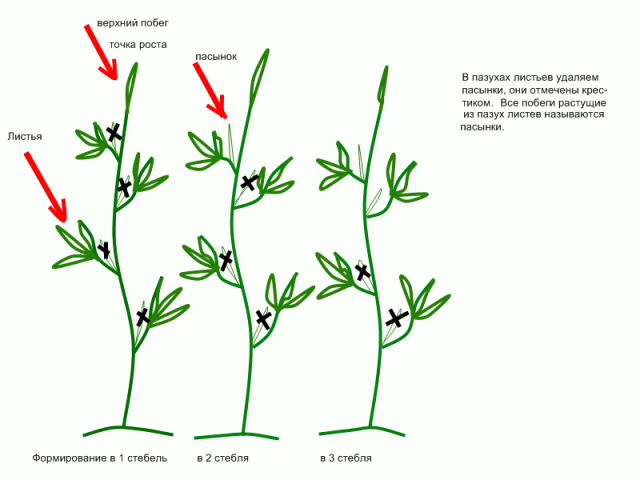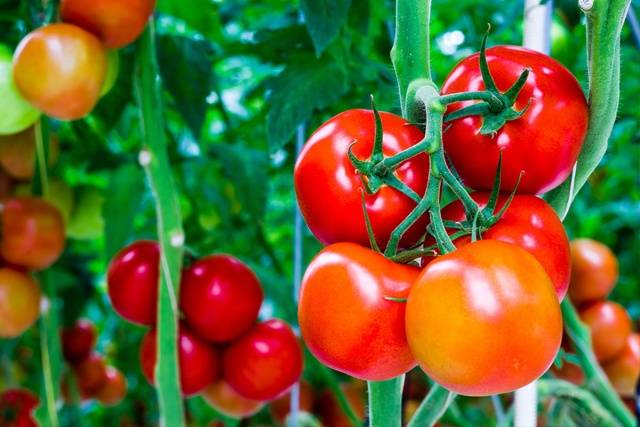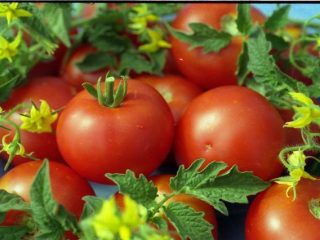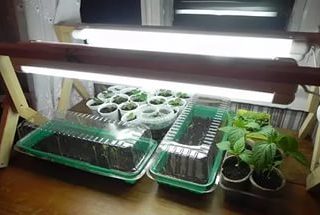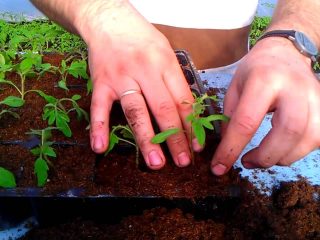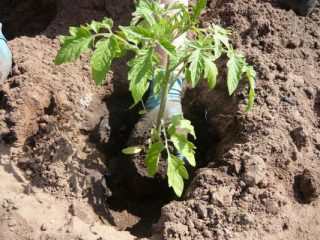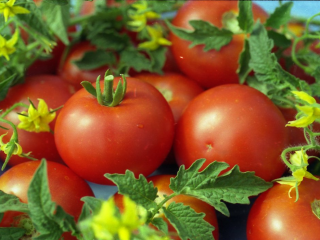Content
Gone are the days when the word “dacha” brought to mind a plot of 6 acres, overgrown with raspberries along the perimeter, with a small shed for storing a couple of shovels and rakes with a hoe, and so many beds that it was only possible to move by jumping. Times are changing, many gardeners have enlarged their plots, their houses have grown, but the desire to grow as many vegetables and fruits as possible on their land has remained. Every amateur gardener strives to place fruit trees, various berries, and more vegetables on his land.
Many gardeners grow tomatoes on their plots and want to get a large harvest in a limited area. We’ll tell you how to increase the productivity of tomatoes by forming a tomato bush into two stems, but first you need to understand the variety of types and varieties of this crop. Learn the rules for forming tomatoes into two stems.A video on this topic will help you master all the intricacies forming a tomato in two stems, and from the article you will gain knowledge about the species differences of tomatoes.
Selection of tomato seeds
When choosing seeds, people pay attention to bright inscriptions: high-yielding tomato variety, early ripeness of fruits, great taste, but these are advertising slogans. To choose the right variety of tomatoes, you need to know what variety they belong to, buy seeds depending on the climate and method of cultivation: in open ground or in a greenhouse. Selection should be made based on the characteristics of the tallness of the bush and the timing of fruiting. This information is indicated on the packaging.
Many producers of tomato seeds, in order not to confuse the consumer, write “tall” or “short” variety.
Varieties of tomatoes
In the wild, tomatoes are a herbaceous perennial vine; they spread along the ground and their growth is unlimited. As a result of serious selective work, tomato varieties with limited growth and favorable fruit ripening have been developed. Modern varieties of tomatoes are divided into two large groups according to their growth vigor: indeterminate and determinate (they are also called bush tomatoes). The latter can be divided into three subgroups:
- Superdeterminate or standard ones are characterized by short stature, even dwarfism.
- Actually determinate are medium-growing varieties.
- Semi-determinate - tall varieties with above average growth vigor.
Indeterminate varieties and hybrids
The main stem has no growth restrictions. These tomatoes begin to bloom after the formation of 9-12 leaves; after every three leaves, a new flower cluster is laid.In warm climates and in a heated greenhouse it can grow all year round, forming 40-50 fruit clusters. Requires the cutting off of all stepsons; it is formed into one stem; forming a tomato into two stems is impractical. For the southern regions, indeterminate varieties are suitable for growing in the ground and in a greenhouse; the main condition is the possibility of tying them to a high support or growing them on a trellis. In the middle zone, such tomatoes can be grown in a greenhouse. In even more northern regions, it is unlikely that it will be possible to grow indeterminate varieties even in a greenhouse; the fruits will not have time to ripen.
Determinate tomatoes
They grow to a limited height. The first flower cluster is formed at the level of 5-7 leaves, subsequent clusters appear after 1-2 leaves. Having tied 4-5 bunches, the determinate tomato is crowned, that is, it forms a bunch at the top, stopping vertical growth. Further development of the bush occurs on the stepsons (side shoots), their growth is also limited by the development of the brush. Determinate tomatoes are characterized by early yield and low yield. They need pinching and bush shaping.
Determinate tomatoes can be grown in open ground in the southern regions and in the middle zone. In the northern regions, these varieties are suitable for growing in greenhouses. The mass of the plant, especially if it is formed into two stems, is very high. The bush needs tying up.
Semi-determinate tomato varieties
They are a tall variety of determinate varieties, and can also terminate. Grow well in mid-latitude greenhouses. Suitable for forming into two stems.
Standard varieties of tomatoes
Virtually no maintenance required.Low-growing plants with strong, thick stems. There is no need to tie them up, and there is no need to tear off the stepsons either. The first flowering cluster is formed after 4-5 leaves, and then after 1-2 leaves.
Pros and cons of determinate tomatoes
In order to make a decision about growing a particular type of tomato, you need to have an accurate understanding of their strengths and weaknesses, how to benefit from the former and minimize the latter.
Positive points in comparison with tall varieties
- Early fruiting results from faster initiation of the first flower cluster;
- Early ripeness of fruits occurs due to the formation of subsequent clusters through a smaller number of leaves;
- A consistent harvest is due to the almost simultaneous planting of several clusters.
Negative points in comparison with tall varieties
- Lower yield per bush due to plant topping;
- Increased demand for fertilizers is associated with more frequent planting of brushes;
- The high degree of attention to the formation of the bush is due to the constant need to cut off the stepsons;
- The risk of disease is increased due to the low resistance of the bush loaded with fruits.
Features of the formation of tomato bushes
All types of tomatoes, with the exception of standard ones, produce a large number of side shoots (stepchildren). If the stepsons are not removed in time, then the green mass of the tomato bush grows, taking minerals from the soil, and there are not enough nutrients for the formation of fruits. The result is a lush bush with a minimum of fruit. Excessive thickening of bushes interferes with good ventilation and increases the risk of developing tomato diseases. By cutting off the stepsons, you will get a neat, unthickened bush that will direct all its energy to fruiting.You need to understand well where the leaf is, where the brush is, and where the stepson is, so as not to remove leaves or fruit brushes by mistake.
The leaf grows first, and from almost the same point, a side shoot (stepson) stretches, i.e. you need to break off the top shoot.
The most difficult thing to distinguish between the stepson and the main stem is at the first fork; it seems that the stem simply forks. Focus on the placement of the flower brush. It is located above the stepson, emerging from its axil, the main stem continues behind the brush. In the figure, number 1 indicates the main stem, number 2 the leaf, number 3 indicates the stepson, and number 4 indicates the fruiting raceme. The main rule for removing stepchildren is regularity. Inspect the plants every week or week and a half; do not allow the side shoots to grow more than 5 cm, otherwise they will draw nutrients onto themselves and their removal will be traumatic for the tomato bush.
Stepping technique
Stepchildren must be removed by hand. When using a tool, there is a risk of transmitting infection from bush to bush. Prepare thin rubber gloves and a weak solution of potassium permanganate in which you will rinse your hands before moving on to the next plant. Start pinching with the strongest and healthiest plants. Leave those that raise doubts for last, or better yet, for another day. Plan the stepsoning procedure in the morning hours of a fine day. After watering or fertilizing, you cannot plant tomatoes; wait 2-3 days, during which time the plant actively absorbs water and nutrients.
In this video you can see how Properly plant tomatoes:
Grab the stepson with your fingers from above and pinch it.You can powder the place where the stepson breaks with ash or crushed coal. Throw the removed sprout under the bush; as it decomposes, it will fertilize the soil.
When removing the stepson, do not pull it down; together with the stepson, you can tear the skin off the stem. In addition to stress from injury, an open wound on a bush can become infected. After pinching, you can water by the evening of the next day.
Formation of determinate tomato varieties into two stems
Armed with basic knowledge, we can move on to mastering the skills of forming tomatoes into two trunks, increasing productivity. Often, a tomato bush is formed by leaving a stepson at the leaf, which is located below the first brush. Inspect the ovaries and pinch the growing point after 6-8 inflorescences. As a rule, both stepsons and inflorescences begin to grow after the seedlings have acclimatized. If the seedlings have been overexposed, then inflorescences may still appear in the seedling pots.
Formation at the seedling stage
It’s even easier to form a tomato into two stems - pinch the top of the seedling above the second true leaf. After this action, two shoots begin to grow from the axils of leaves 1 and 2, and they will become the basis for a bush with two trunks. The early pinching method is less traumatic for the tomato bush.
Formation of tomatoes in a greenhouse
When growing tomatoes in a greenhouse, i.e. with a growing season of more than three months, grow determinate varieties in one stem, and leave a reserve stepson. You can leave a side shoot after the formation of 4-5 fruit clusters, leaving it in the leaf axil under the upper inflorescence.When the main trunk stops growing, the spare stepson will continue to grow, it will be a continuation shoot, and stepsons will also grow on it, remove them too. If the central trunk has not stopped growing, then grow another brush on it, and then pinch it off.
To properly regulate the load on a determinate tomato bush by pinching the trunk, follow the rule: the replacement lateral shoot should be located under the second brush from the top. The reserve shoot will take over the function of the stem, and the two upper clusters on the former main trunk will fall down under the weight of the fruit. The stepson will need to be pinched after the formation of 4-5 inflorescences. If you did the pinching incorrectly and left a side shoot in the axil of the last leaf, it will lag behind in development. If your determinate tomato is single-stemmed, always leave a reserve shoot.
The second option for forming tomatoes into two stems is suitable for long growing seasons. You will get the harvest a little later, but it will be more friendly. Leave a stepson under the first inflorescence, form a short shoot of continuation from it, literally on two brushes. After two brushes and several leaves grow, this shoot should be pinched. The presence of fruits on the lower floor of the bush retards the growth of the higher-lying stem and slows down the formation of inflorescences higher up the stem.
Monitor the appearance of the plants. A large load requires increased nutrition, it weakens plants and reduces resistance to disease. Tie up both the main stem and reserve trunks; the fruits should not touch the ground, otherwise they will rot.Inspect fruit-bearing bushes. Remove small fruits, let the nutrients go to more promising ones. In the second half of summer, remove excess ovaries; even if fruits set on them, they will not have time to ripen, and will only take away nutrients from the ripening tomatoes.
Conclusion
As you can see, there is nothing complicated about forming tomatoes into two trunks. Don’t be afraid to purchase determinate varieties, experiment with the formation of bushes, and you are guaranteed large tomato yields.
